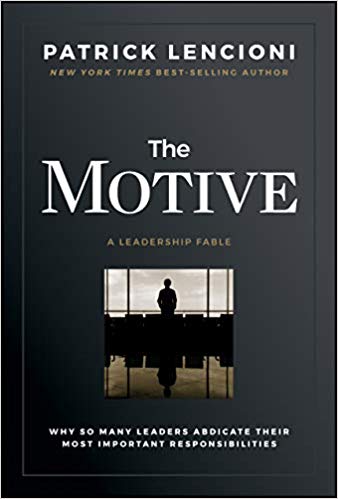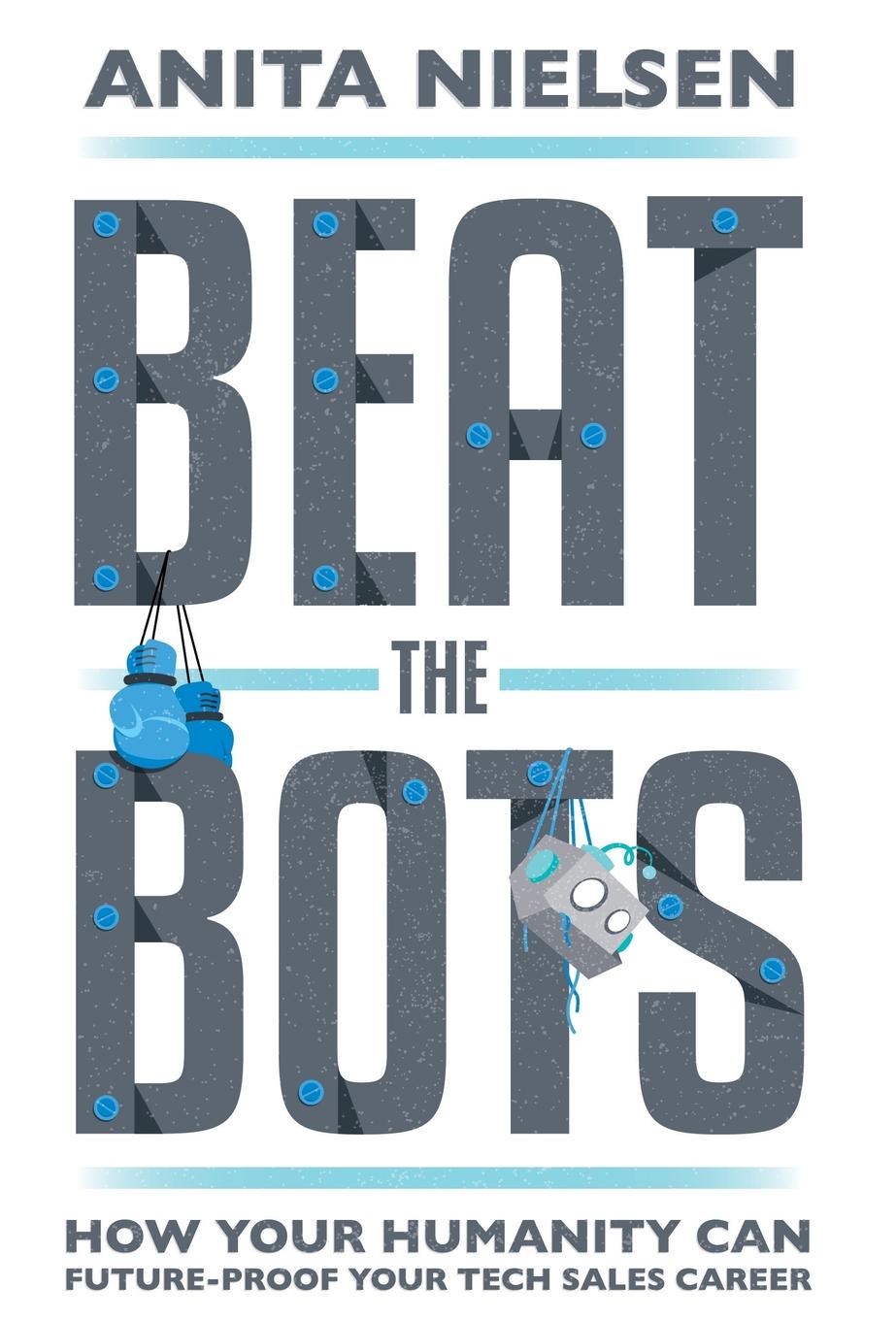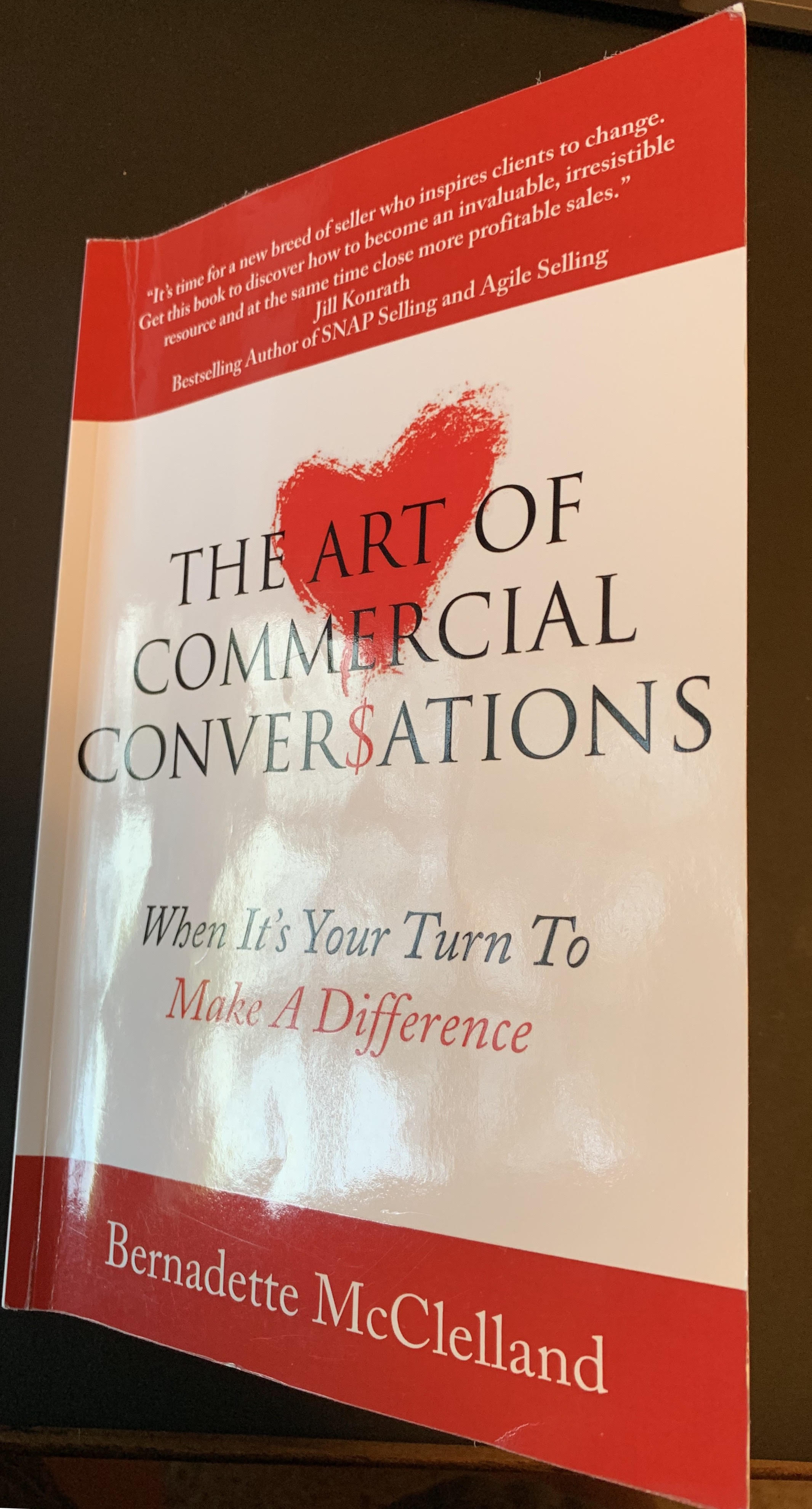“Why” You Want to be CEO Has a Huge Impact on Team Results
By Mark Allen Roberts
Why do you really want to be the CEO, CFO, or VP of Sales? Have you ever given that much thought? If you are like me it’s just what you do. You climb the corporate ladder and one day take a leadership position then strive to perform and win the next promotion. But why? What is your motive? What impact does the reason behind your wanting to lead have on the teams’ results? I just read the book: The Motive by Patrick Lencioni and this book helps leaders really dig deep into their personal “why”(motive) behind wanting to be a leader. Leaders who chose to lead based on the right Motive outperform those who chose the wrong one.
Early in my career I was… let’s just say… I was “very driven”. I was first hired as a route salesperson at Frito-Lay after graduating college. I quickly wanted to earn a promotion to be a sales manager. Once I became the sales manager, I strived to be the key account manager and with each new role came a new title, greater expectations, more responsibility, larger teams and more compensation and benefits. Growing sales effectiveness with my teams for me was my sport and I desired to get stronger. Each new role, each new challenge forced me to improve and gain new skills. Early leaders I reported to in my career provided training in leadership and management skills.
The greater the sales growth challenge the more exciting the opportunity so it should not surprise me looking back I spent the majority of my career fixing sales problems. I enjoy serving teams, their customers and their investors. I enjoy helping sales teams improve their skills and processes to be more customer centric leveraging the voice of their customers. I have a passion to help sales reps to become trusted advisors .
At one point in my career I served private equity firms and they asked I help lead teams at some of their investments that were underperforming. I received a call from a PE firm I had not served prior and they asked if I ever wanted to be the CEO of a company? I believed the right answer was supposed to be “yes” so I agreed to meet over coffee and discuss their expectations.
The PE firm invested in an innovative new technology that solved a number of market problems. The company was not scaling a quickly as the PE firm expected and they wanted someone to come in as CEO and scale the company profitably then position the business for sale in 24 months. I had never been a CEO of a grow and flip. The partner at the firm must have sensed my hesitation and started sharing the compensation, benefits, and what I could receive at the time of sale. I knew I could lead this startup’s sales and turnaround and grow sales but being the CEO of a turnaround and flip was something I had never done.
My gut said to say no, but when their offer for compensation rewards at the time of sale was so great, I could not turn it down. After all, that was the next logical role in my career growth, right? I have been a VP of Sales a number of times, Worldwide Sales Leader, President of a couple of companies… I should want to be the CEO, right?
Within a few months I was miserable. I took the job for the wrong reasons and I was not living in my area of gifts. I was not recruiting coaching and training a team. I tried very hard to grow this company and turn it around, but the reality was I never grew the company to what the investors desired and we sold the company for much less than we originally planned. I accepted the role of CEO without asking myself why I wanted it.
For years this failure has haunted me. What could I have done differently? What should I have done differently?… and then I read: The Motive by Patrick Lencioni. This book is written in the form of story to help the reader connect to the message emotionally. Once I picked this book up I had to finish it. The way the author shares the message of the book through a series of conversations between two CEO’s is brilliant! The Author helped me see one of the main reasons I failed as the CEO of this turnaround was my motive. My motive was my rewards and not building the team and processes like I have done in the past.
Let me ask you a question….
If you lead a team what is your Motive to be the leader?
The author keeps it very simple;
you have two options… your motive is…
The rewards you will receive personally like compensation, benefits, tile, …..
Or
Leading and serving others and doing whatever it takes to bring about something good for the people you lead.
If you lead a team for the wrong reasons you will avoid the unpleasant situations and activities leadership requires. If this behavior is left unchecked long enough your people will not be motivated, and not feel safe, will not have high trust and this will become evident in your bottom-line results.
The author does an excellent job of unpacking each motive to be a leader and asks a number of soul searching questions that once again created emotional responses in me I did not expect.
For example, the author asks:
Do you feel you should be able to trust them (your leadership team) to manage themselves?
Do you justify not knowing what your direct reports are doing by claiming you do not want to be a micromanager?
Do you complain about your meetings for being boring and ineffective?
At the end of the book the author does an excellent job of sharing 5 key responsibilities of a CEO. (and or anyone who is leading a team)
I highly suggest if you lead a team today, want to lead a team, or have aspirations of being a CEO one day you read this book and answer why you want to lead.
Have you ever worked for someone who was focused on their rewards of their role more than the welfare of their team?
What symptoms have you seen of teams led by someone who accepted the position for the wrong reasons?
Have you ever reported to a true leader led by the right why?
How did they make you feel?
What were your team’s results?
What do you think was their motive in being a leader? Why?
I have been blessed to have been led by leaders like Harry Jones, my first manager at Frito-Lay who created a personal learning and coaching plan for me long before there was such a thing. (we are talking late 1980’S) Or Jim Sankey who taught us all how to listen for customer unresolved problems and solve them with new products and services. He taught us how to create a business case based on the value the product delivered the customer. Jim invested in my training, coached me and sent me to College to earn my EMBA. None of these leaders were “easy” but I never questioned their motives.
As for me this book helped me find my true whys, the things that make me wake up before the alarm each day…
Fixing complex sales problems and helping others have the tools, training and coaching to serve their customers and solve the customer’s problems.
Building and growing sales team effectiveness, buyer centric sales processes, systems and training that help teams to create sustainable sales velocity.
Helping to diagnose business profitable growth friction points then helping the team heal the businesses to serve their customers, shareholders and employees.
Have you read The Motive yet?
If you strive to lead a team and or become a CEO, or if you are a CEO I strongly suggest you read The Motive.
If you would like to chat let’s schedule a call.











